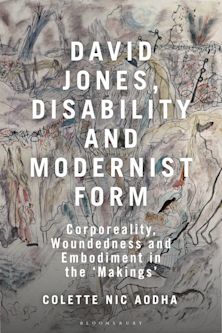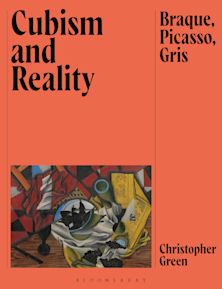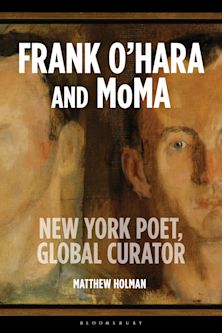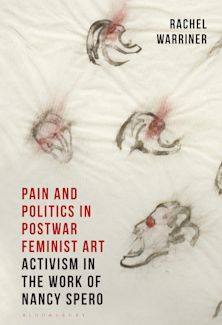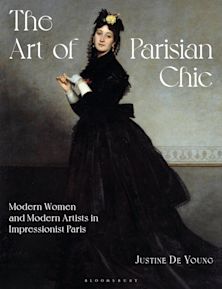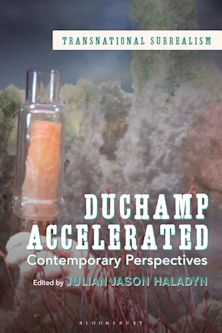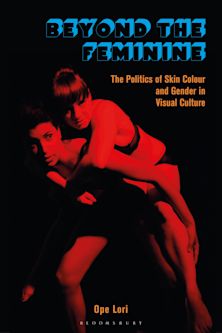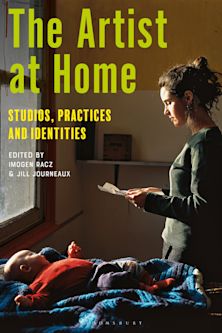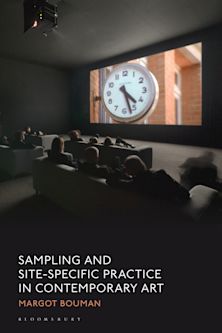Confessional Video Art and Subjectivity
Private Experiences in Public Spaces
Confessional Video Art and Subjectivity
Private Experiences in Public Spaces
- Delivery and returns info
-
Free US delivery on orders $35 or over
Description
This is the first book of its kind to examine the development of the confessional subject in video art and demonstrate how it can provide a vital platform for navigating the politics of self, subjectivity, and resistance in society. In doing so, it reframes video art – the most ubiquitous and yet most understudied art form of recent decades – as an urgent socio-political tool that is increasingly popular among contemporary artists as a means of exploring a broad range of social issues, from politics and identity, to the body and technologies of self-representation.
Analysing a diverse selection of case studies from the 1960s up to the present day, covering the work of Yoko Ono, Gillian Wearing, Ryan Trecartin, Tracey Emin, Anatasia Klose, and Heath Franco, among others, the book brings together theory and practice to look afresh at contemporary video art through a Foucauldian lens. It also brings the analysis of video art up to date by showing how social media and digital self representation has informed and further politicized time-based art practices.
Confessional Video Art and Subjectivity shows how forms of confessional discourse not only play an important function in the construction of subjectivity but also open spaces for personal resistance and agency within contemporary video art. As a result, it offers researchers of contemporary art practice, and media and cultural studies, an updated framework through which to view this constantly-evolving genre and a deeper understanding of wider contemporary video practices.
Table of Contents
Acknowledgements
Author Preface
Introduction
1. Private Life is Public Business: Contemporary Confessional Forms and Confessional Art
1.1. Outline and Definition of Confessional Art
1.2. Approaches to Subjectivity and the Confessional Subject through Fictitious Narratives and Disguise
1.3. Self-Disclosure or Verbalization within Historical Confessional Frameworks
1.4. Abandoning Privacy as a Transformative Mechanism
2. Technologies of the Self as Confessional Art
2.1. The Potential for the Self to Constitute Itself as a Subject
2.2 Outline and definition of technologies of the self
2.3 The self in performance and video art from the 1960s and beyond
2.4 The Radical Origins of Early Video Art as Political Tool
3. Re-imaging Public Spaces, Subjectivity and Confessional Art
3.1. Early 21st-century Definitions of Public and Private Spaces
3.2. Institutionalized Heteronormativity in Public Spaces
3.3. Politicizing Subjectivity and Re-imagining Public Space as a Space of Resistance
3.4. Speculative Subjectivity
3.5 Subjectivity in a Postmodern (neo-confessional) Landscape
3.6 The Emergence of Video Art and Subjectivity in the 1990s and Beyond
3.7 Post-millennial Confessional Video Art Practices
Conclusion
Notes
Bibliography
Product details
| Published | Apr 17 2025 |
|---|---|
| Format | Hardback |
| Edition | 1st |
| Extent | 184 |
| ISBN | 9781350400207 |
| Imprint | Bloomsbury Visual Arts |
| Illustrations | 16 bw illus |
| Dimensions | 9 x 6 inches |
| Publisher | Bloomsbury Publishing |
Reviews

ONLINE RESOURCES
Bloomsbury Collections
This book is available on Bloomsbury Collections where your library has access.

















